Starting crochet can feel like learning a new language—but once you know a few key basics, everything begins to make sense. Whether you are making a hat, learning a pattern, or just testing our new yarn, these five form the very foundation for more beginner friendly projects.
This step-by-step guide breaks each one down with simple images, tips for smoother stitching, and ideas for how to use them in real patterns.
1. Slip Knot & Chain Stitch (ch)

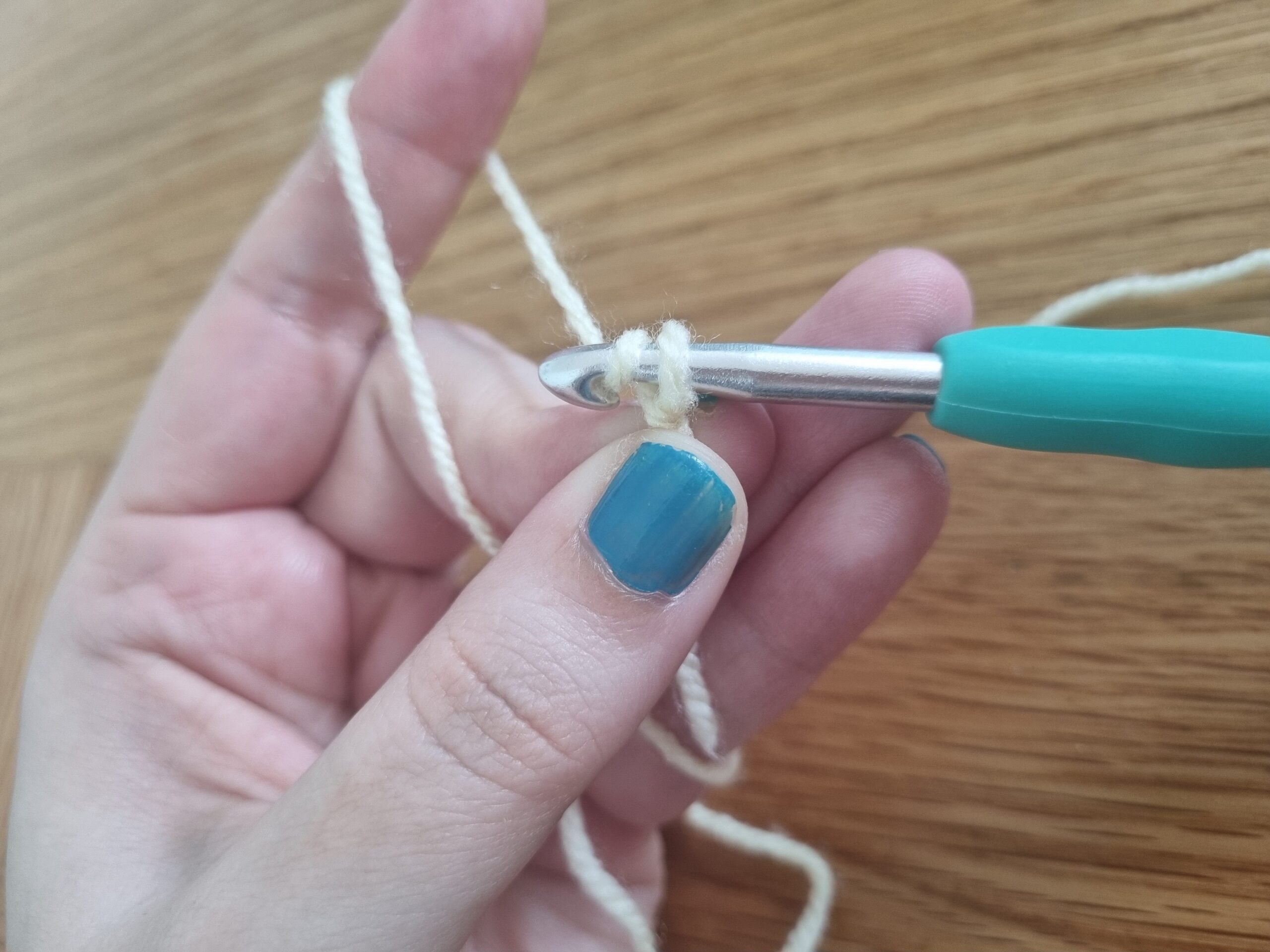

Purpose: To begin a project or add space within patterns. There are a few versions about, but I find this one the easiest for me.
How to Make It:
- Make a slip knot and place it on your hook. (I will show my favourite method of slipknot another time).
- Yarn over (wrap the yarn over your hook from back to front).
- Pull the yarn through the loop on your hook to make one chain.
- Repeat for the number of chains your pattern requires.
Tips:
- Keep the chain stitches loose and even. Tight chains are hard to work into.
- The slip knot and chain are usually not counted as full stitches unless the pattern specifies.
Where It’s Used:
- The starting point of most projects
- Creating spaces in lacework or mesh patterns
- Turning chains at the beginning of rows
2. Single Crochet (sc)
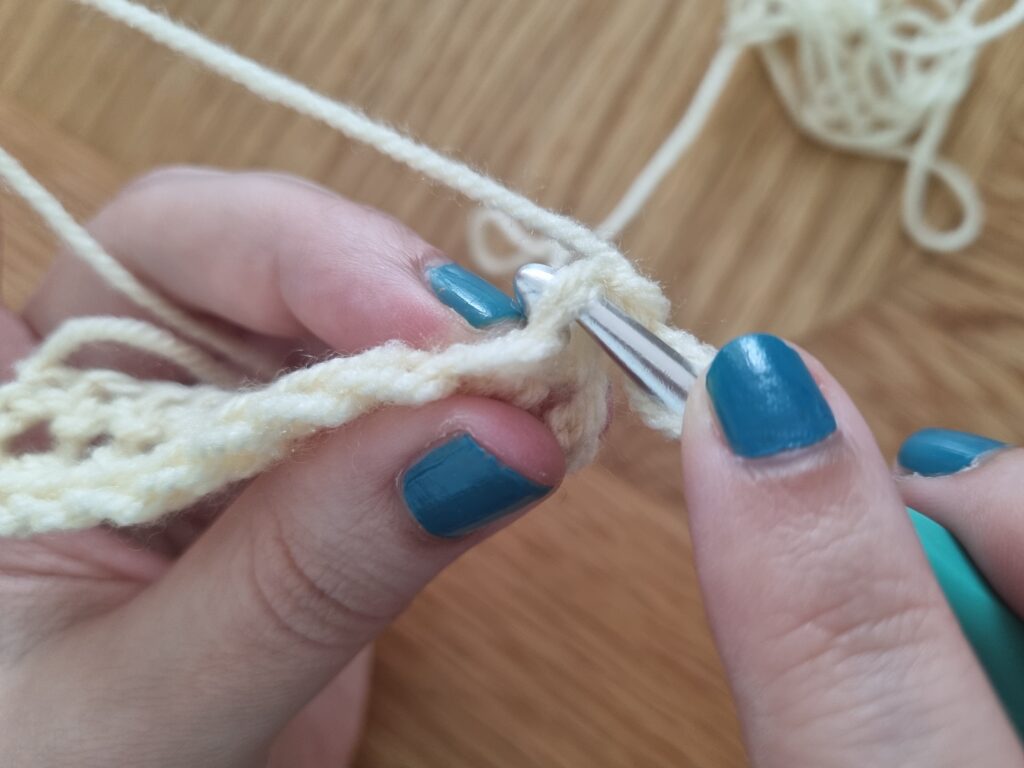
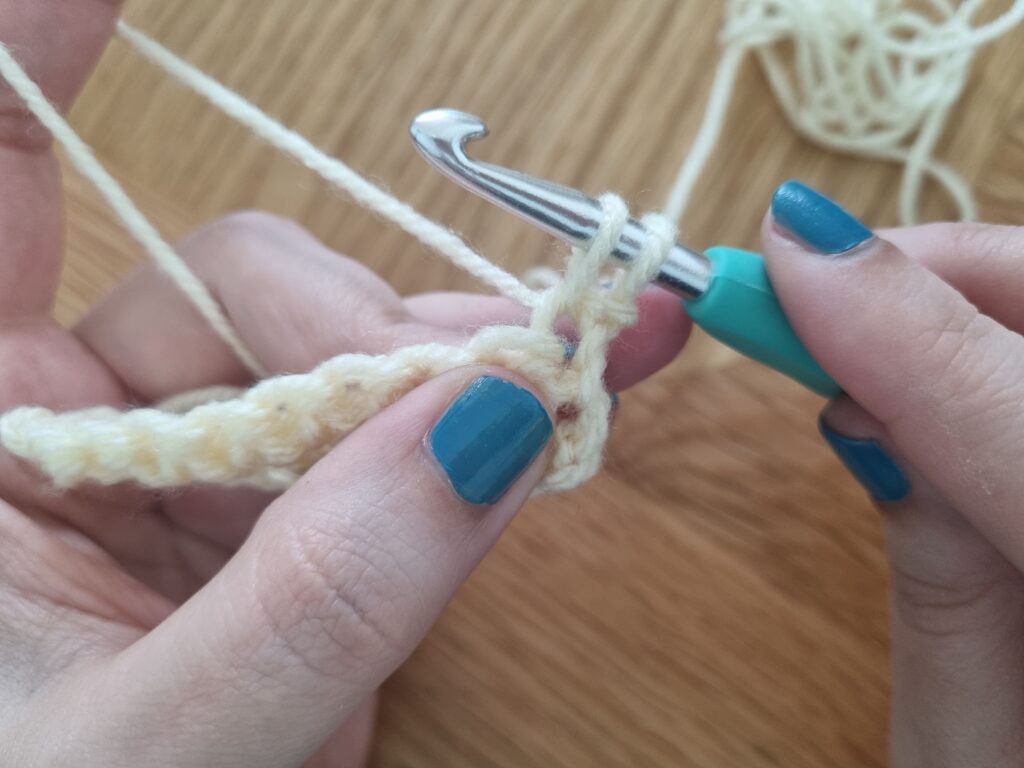
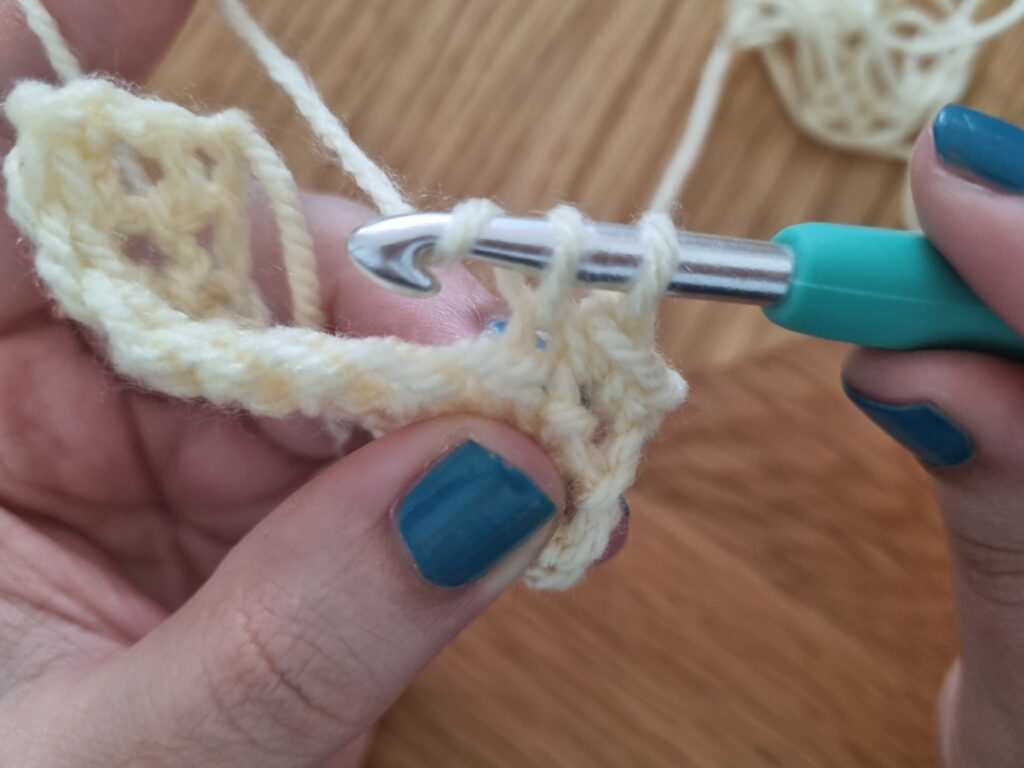
Purpose: A dense, strong stitch ideal for structure and detail, good for tapestries too.
How to Make It:
- Insert your hook into the second stitch/chain from the hook.
- Yarn over and pull through the stitch (2 loops on hook).
- Yarn over again and pull through both loops.
Tips:
- Use a stitch marker to mark the first stitch of each row if you’re working in rows.
- Always count your stitches at the end of each row to stay consistent.
Where It’s Used:
- Amigurumi (stuffed crochet animals or figures)
- Coasters, bags, clothing, tapestries, and other firm projects
- Edging and detailing
3. Half Double Crochet (hdc)
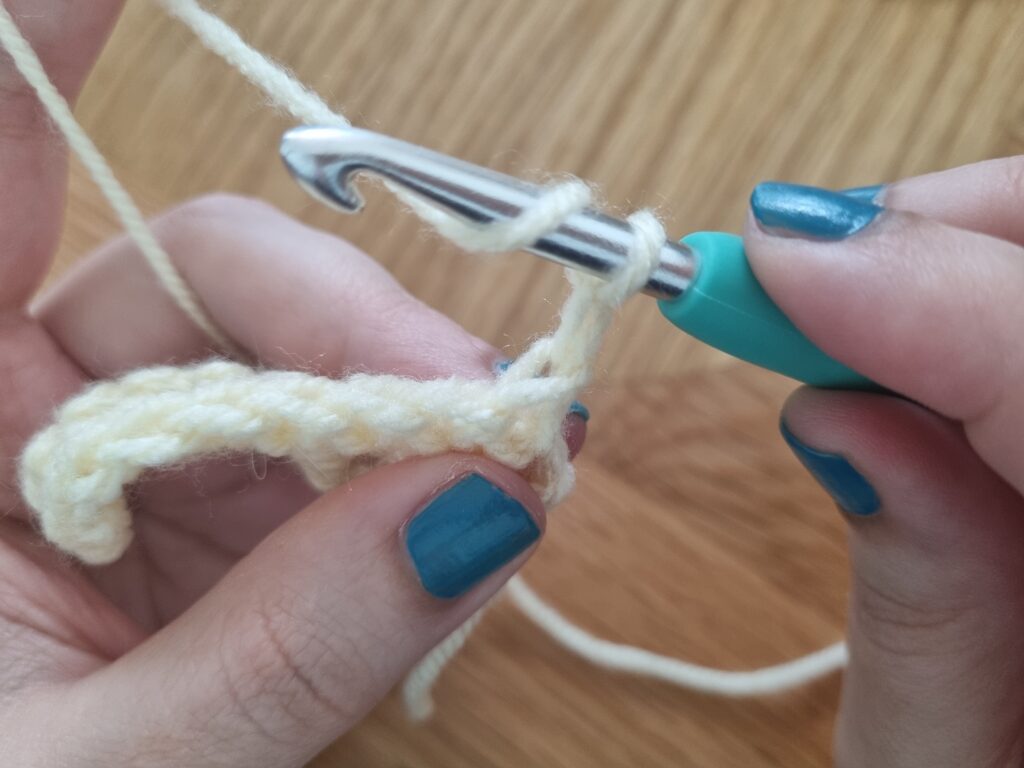

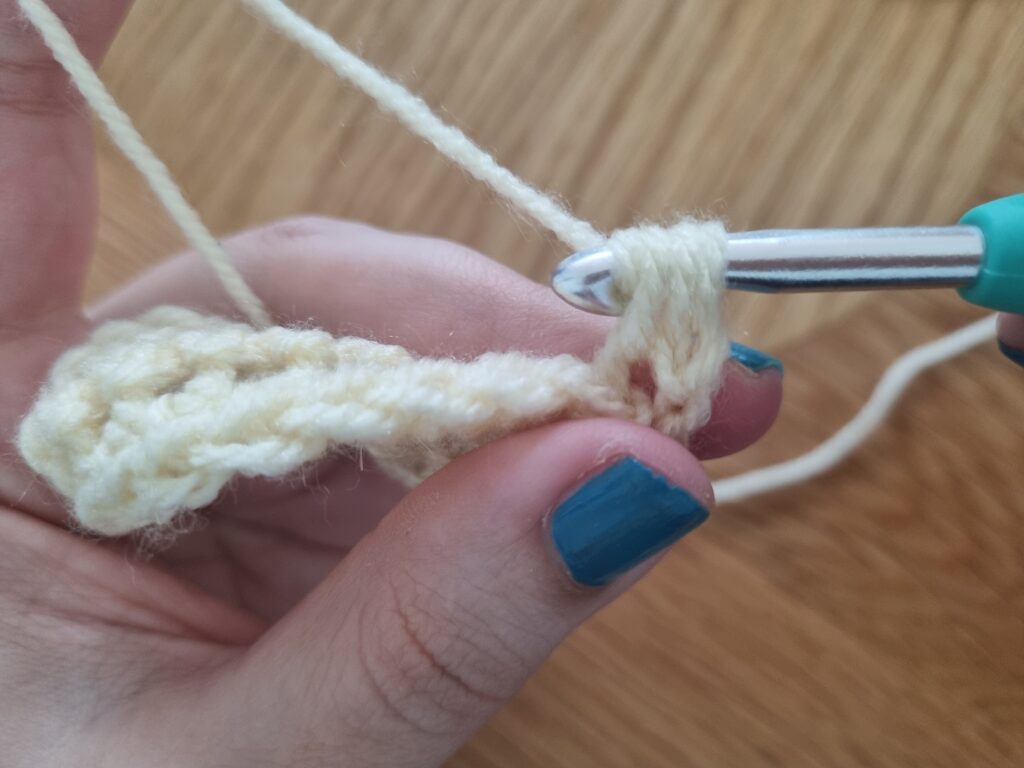
Purpose: A versatile stitch with a balance of height and density
How to Make It:
- Yarn over before inserting your hook into the stitch.
- Yarn over again and pull through the stitch, (leaving 3 loops on hook).
- Yarn over once more and pull through all 3 loops.
Tips:
- Placing your finger on the loop at the start helps it from sliding or losing tension.
- Keep consistent tension to avoid uneven rows.
- Don’t pull too hard with 3 loops, just a soft tug to even them out.
Where It’s Used:
- Blankets, scarves, and hats
- Clothing with texture
- Projects needing both speed and structure
4. Double Crochet (dc)
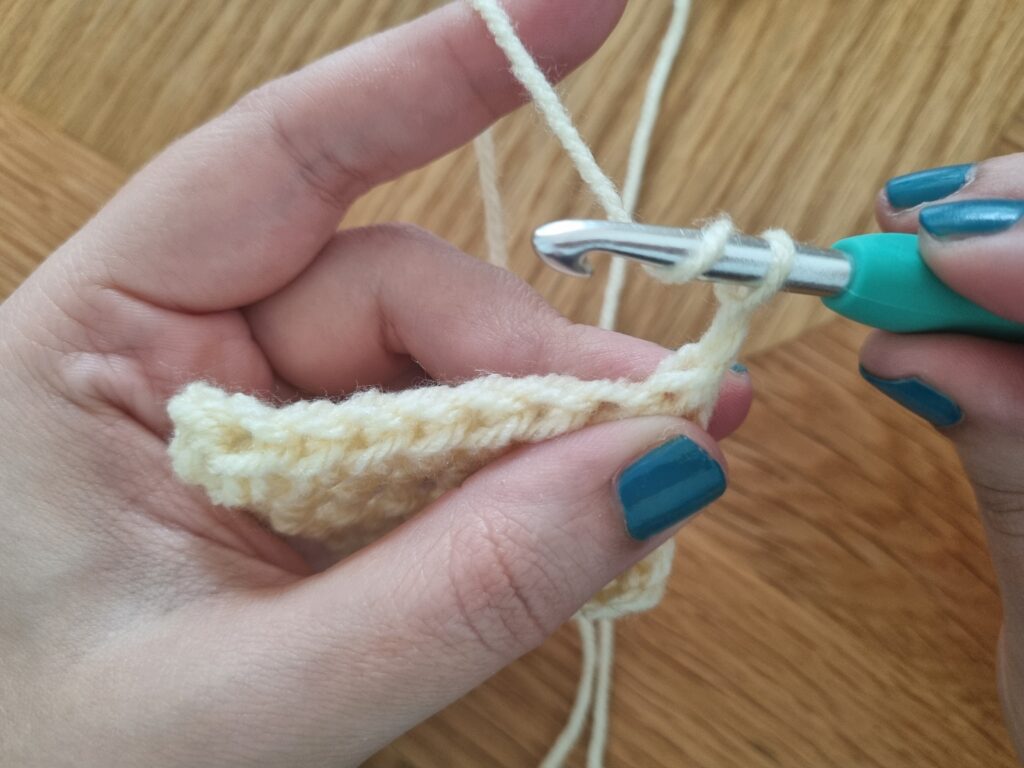
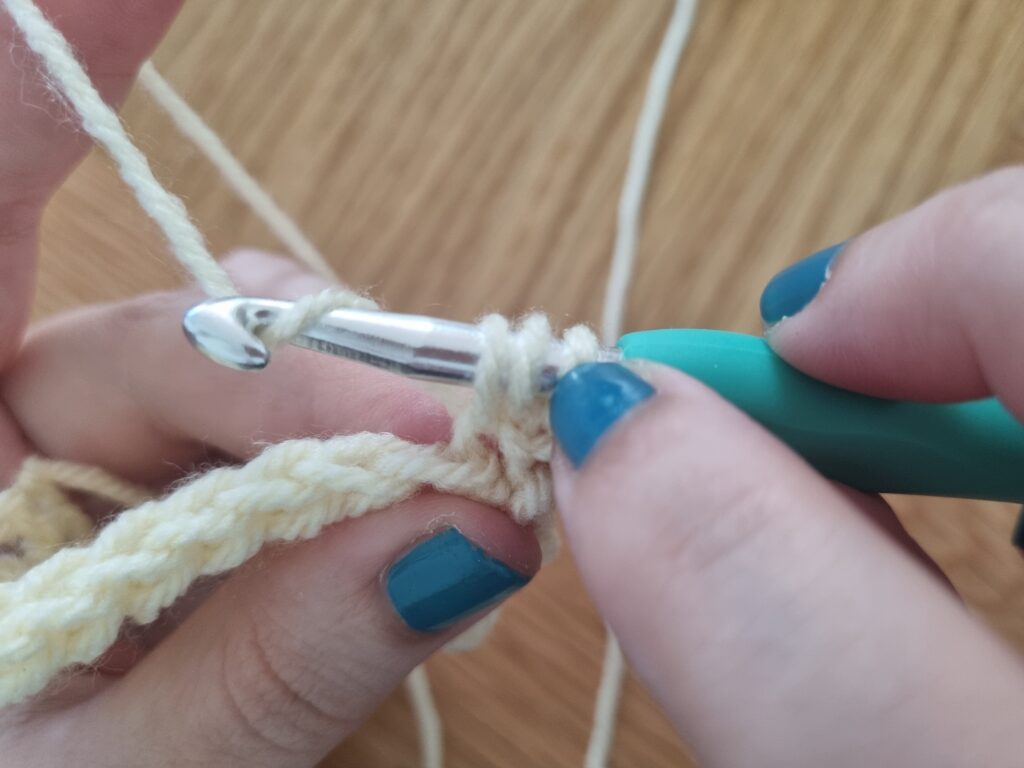

Purpose: Taller stitch that works up quickly and creates looser fabric
How to Make It:
- Yarn over and insert your hook into the stitch as with the HDC.
- Yarn over again and pull through (3 loops on hook like the HDC).
- Yarn over, pull through 2 loops only (2 loops remain).
- Yarn over again and pull through the last 2 loops.
Tips:
- Use a chain of 3 at the beginning of a new row to match the height of a double crochet.
- This stitch is great for creating fabric with more drape.
- Use your finger to hold the floating yarn at the start to limit tension if needed.
Where It’s Used:
- Blankets, shawls, and wraps
- Garments and home décor
- Open or airy patterns
5. Slip Stitch (sl st)

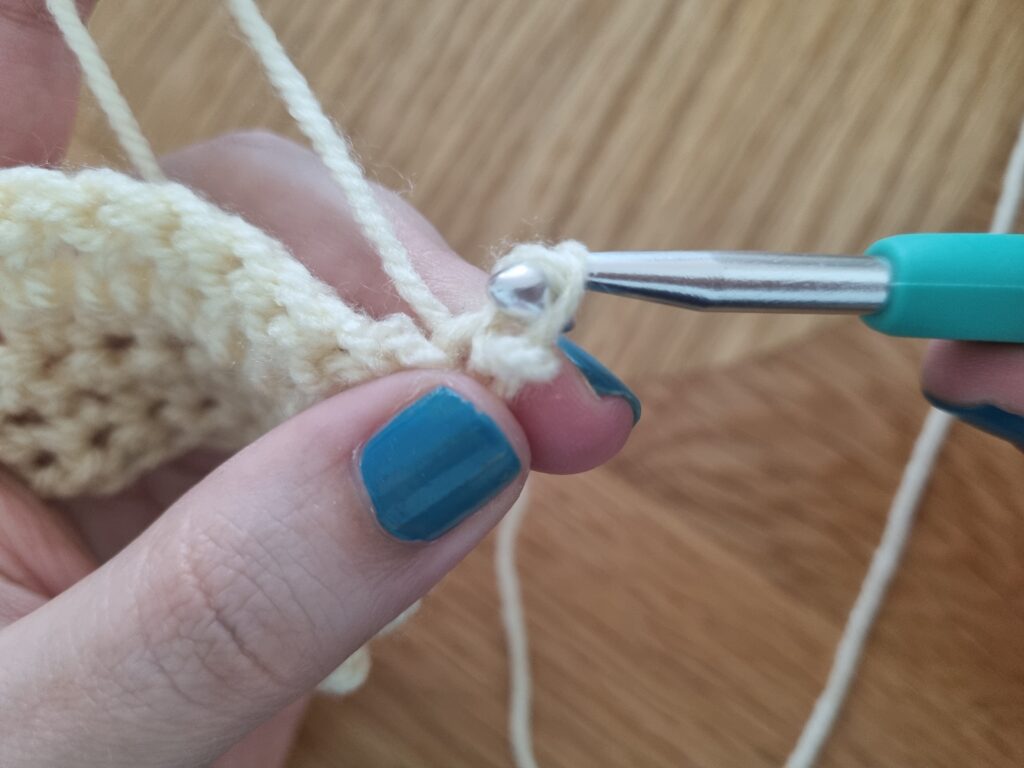
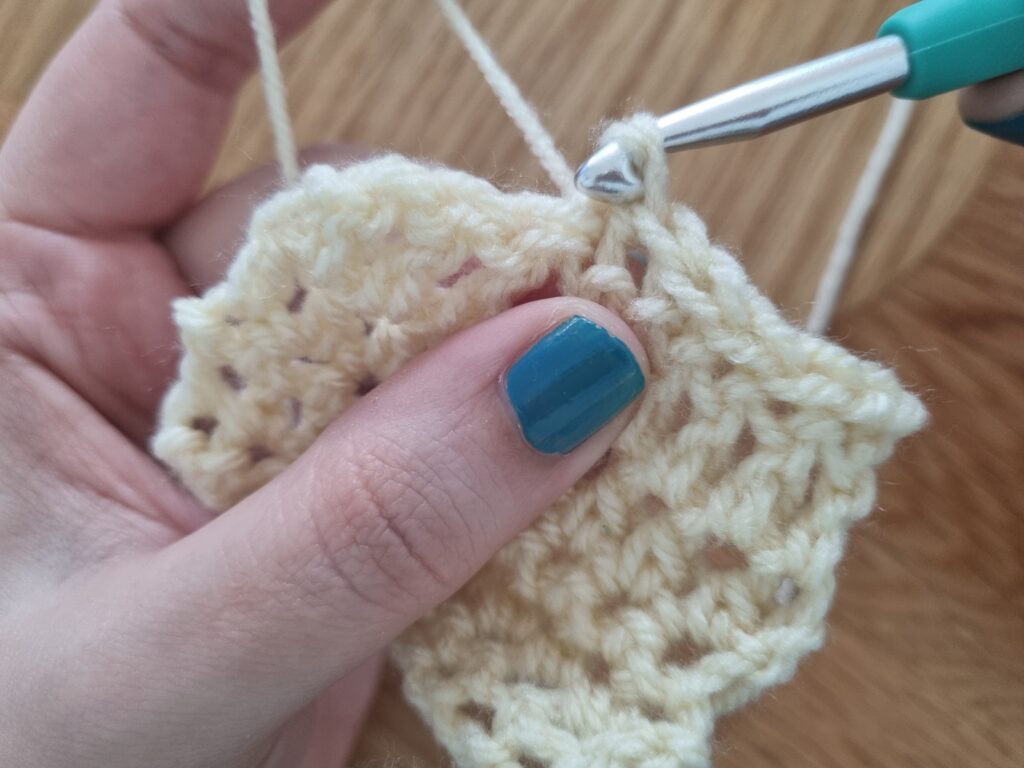
Purpose: To join, finish, or move across stitches without adding height
How to Make It:
- Insert your hook into the stitch.
- Yarn over and pull through both the stitch and the loop on your hook.
Tips:
- This stitch is not used to build height but is important for clean finishes.
- Don’t pull it too tight—slip stitches can be difficult to work back into.
- If you find this fluid movement tricky, try turning your hook as you pull through both loops.
- Alternatively, pull through one loop then adjust your hook for the second loop.
Where It’s Used:
- Joining rounds in circular patterns
- Seaming or edging
- Creating surface texture or details
Getting Started with These Stitches
Once you’re familiar with these five stitches, you can follow most beginner-friendly patterns. Practice by making small swatches of each one before starting a full project.
Beginner project ideas:
- A square dishcloth using only single crochet, which is great to practice colour swapping on too!
- A scarf using half double and double crochet. You could even add SC on the edges too!
- A basic granny square that includes chains, double crochets, and slip stitches
Whether you’re just picking up your first hook or getting back into the rhythm, these stitches are the building blocks of countless projects. Take your time, practice at your own pace, and don’t stress the imperfections—they’re part of the process.
Happy hooking, and enjoy the journey one stitch at a time! 🧶



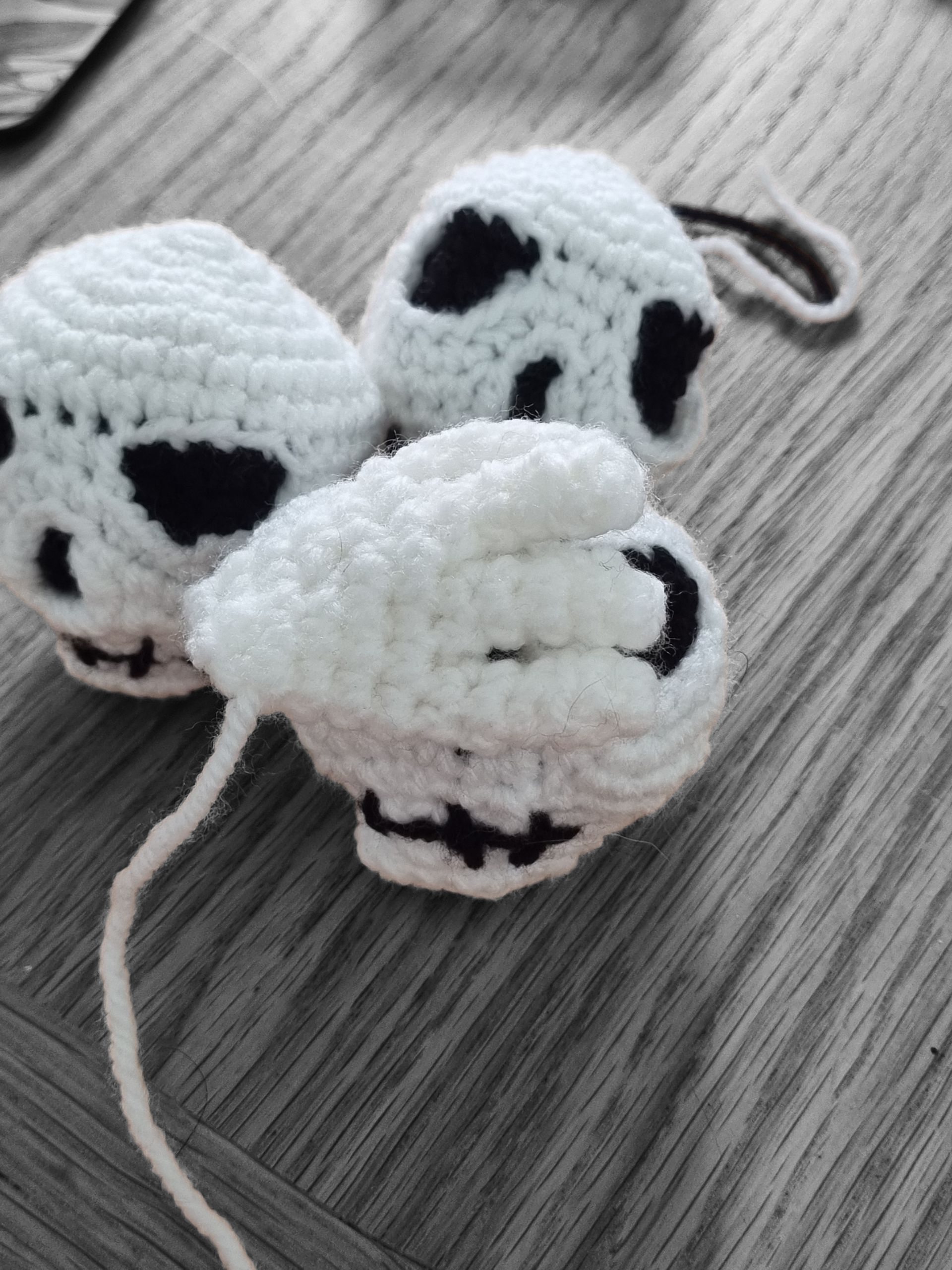
Leave a Reply